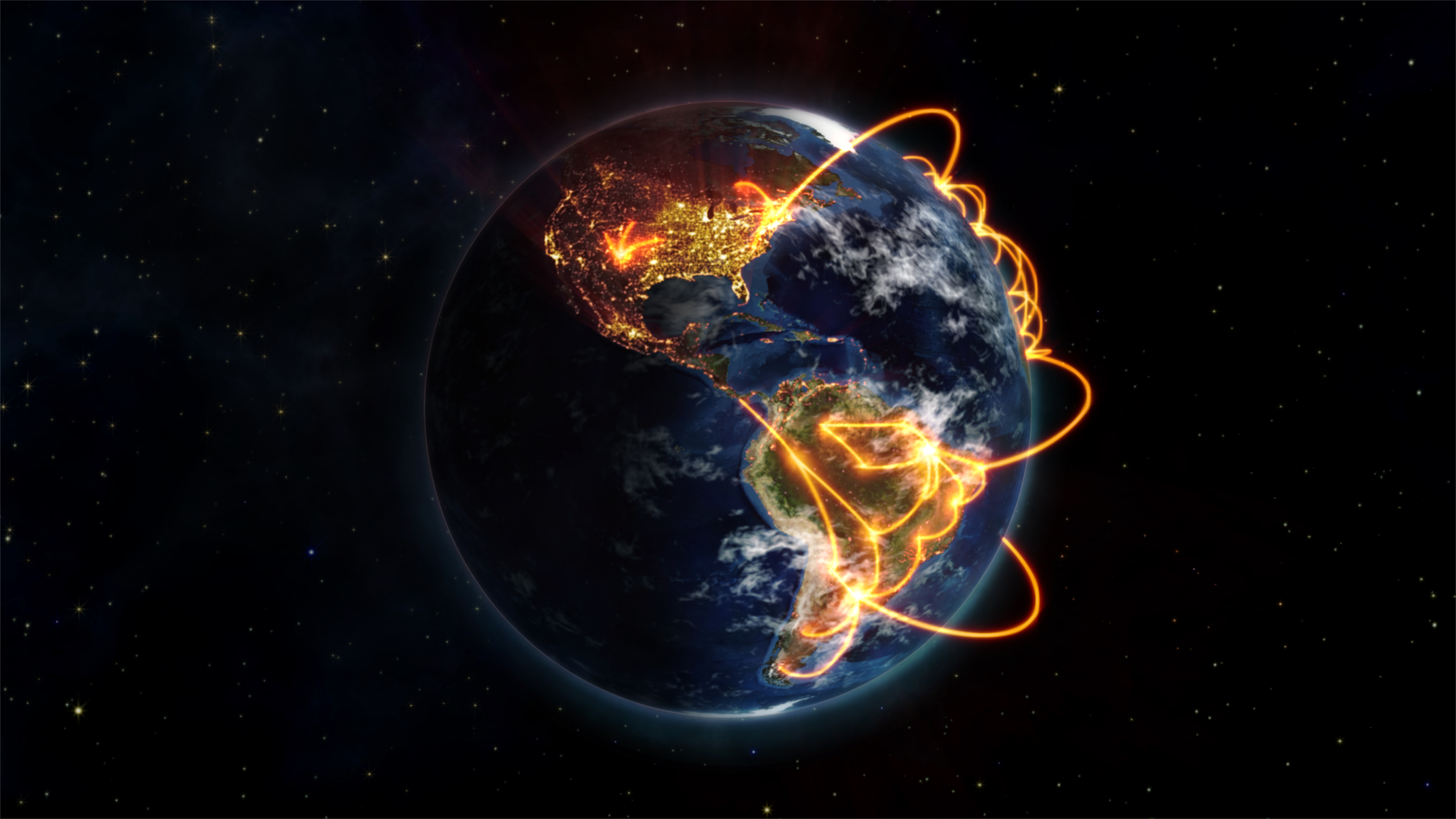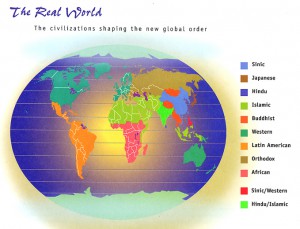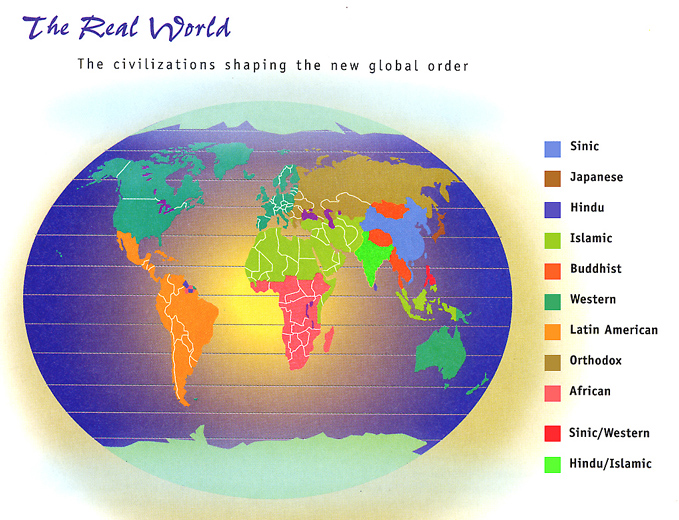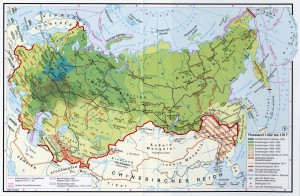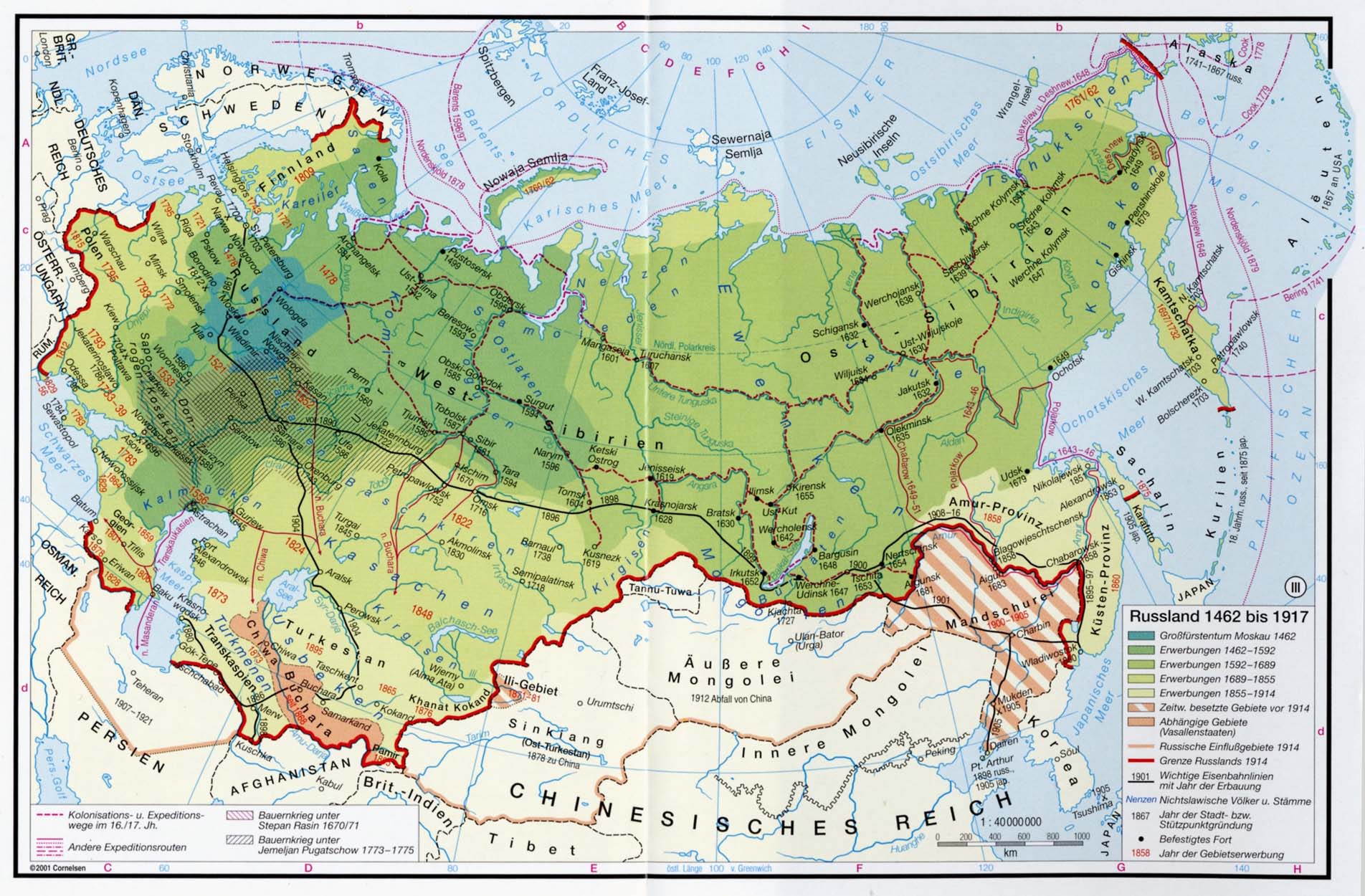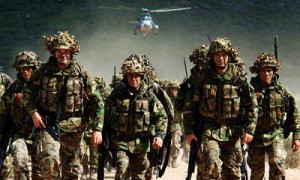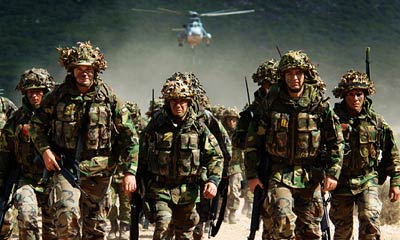The Munich Security Report 2015 (MSR) debuted at the end of January and is proof that confirmation bias is definitely still en vogue in the West. Although the document touches upon a myriad of other topics aside from Russia, the current article will broadly address the overall fallacies in regards to that country. The MSR incorrectly carries with it the nuances that the ‘New Cold War’ is a result of Putin and his close circle’s supposedly imperialistic whims, and that a strong Russia is somehow a major destabilizing force in Europe. The report is pervasive with the undertone that the West’s pseudo-liberal unipolar reign needs to be extended indefinitely in order to solve all of the world’s problems, and that it is the ascent of challengers against this order (notably Russia and China) that’s throwing the world into chaos.
As is typical for these types of ‘independent’ Western-affiliated entities, the Munich Security Conference is living in an alternative universe that bears little resemblance to reality. Instead of ‘Russian imperialism’ influencing decisions in Moscow, it’s actually Eurasian Civilizationalism that’s the main actor, and the emerging civilization-state taking form between Europe and Asia is a stabilizing factor in international relations. The origin of contemporary global destabilization, then, rests not with the rise of Russia and China (and to an extent, Iran) as is inferred by the MSR, but with the fact that the unipolar world is violently pushing back against the global trend towards multipolarity. This in turn is creating dangerous friction that gives rise to the near-simultaneous crises that have sprouted up along the Eurasian periphery in Eastern Europe, the Mideast, and East Asia.
Civilizational Inertia
The field of International Relations (IR) is ever steadily moving towards becoming more about Inter-Civilizational Relations (ICR) as certain civilizational blocs begin to take shape across the world. For the scope of this article, the EU and the US are taken to represent the West, while Russia and the most of the former Soviet Union are identified as Eurasia. Of course, IR is far from dead, as the states within the larger civilizations still engage in diplomacy among themselves and outside their bloc, but the movement towards ICR is becoming undeniable. While Eurasian Civilization was consolidating within its traditional sphere, Western civilization (which began the integration process earlier and hyper accelerated it in the 1990s-2000s) sought to expand past its historical boundaries and pursue geopolitical objectives in league with its NATO military occupier. This saw a literal ‘clash of civilizations’ as the West violently sought to overthrow Yanukovich’s government in Kiev in order to force the country’s territory into its clutches. When pushback was initiated in Donbass against the coup-imposed government, the ‘clash’ turned into the actual war that continues to be waged in the present.
For these reasons, if any imperialism should be credited with contributing to the Ukrainian Civil War and the consequent East-West ‘New Cold War’, then it’s Western civilizational imperialism that’s at fault and not Eurasian. In fact, Eurasian Civilizationalism has played the role of a defensive bulwark guarding against the aggressive and unnatural expansion of the West. While the West’s civilizational inertia leads it to encroach on others and degrade their culture, Eurasian civilization follows the opposite approach, seeking to entrench itself within its natural sphere and enrich its inhabitants with its related moral and spiritual benefits. The case of the West and Eurasia shows that civilizational clashes, while being unnecessary, do unfortunately occur for selfish geopolitical and military reasons, but this does not mean that all civilizations carry with them hostile inertia like the West. For example, Eurasian Civilization incorporates elements of Islamic Civilization, and although Western-supported extremists have attempted to sow the seeds of violent discord between the two, they’ve been unsuccessful, as the strategic partnership between Russia (Eurasia) and Iran (a pole of the wider Islamic Civilization) brightly demonstrates.
Multipolar Hegemonic Stabilization
When non-Western civilizations push back against the West, they create de-facto civilizational poles of order in the emerging multipolar world. Continuing with Eurasia as the prime civilizational example in this piece, it is uncontestable that Russia is the hegemon in this space and that it’s carved out its own center of geopolitical gravity there. This has endowed it with the capability to preserve the socio-cultural diversity within this varied area and protect it from divisive Western designs. The same pattern is repeated with Chinese civilization within China and Indian civilization in most of the subcontinent, as both have been safeguards against large-scale destabilization attempts from outside their regions. In all three examples, the civilization-state hegemon (Russia, China, India) fulfills a multifaceted stabilizing role, using its political-military prowess to protect its larger civilizational identity. Regional multipolar hegemonic stabilization is thus presented as a counter to the unipolar global ‘hegemonic stabilization’ that is militantly promoted by the US and its proxy subjects.
But multipolar hegemonic stabilization isn’t unique to the 21st century world, since it’s also been practiced in 19th-century Europe. For most of that time, the Russian Empire was the main continental power, yet it didn’t make any moves to ‘overrun’ Europe like the West is accusing the Russian Federation of doing today (and under a less attractive geopolitical situation, at that). Rather, both then and now, Russia/Eurasia played a conservative role in protecting its interests and prolonging pan-continental stability as long as possible. In the modern era, this takes the form of upholding the sanctity of state sovereignty and international law, and the promotion of respect in IR/ICR. When such principles were grossly violated by the West during the Ukrainian Crisis and Eurasian Civilization felt itself existentially threatened, it endeavored to fight back and defend itself, not wanting to cede the civilizational pole that it had rightfully built up within its historic boundaries.
Western Civilization as the engine of Global Disorder
This same defensive-reactionary behavior on the side of Eurasian Civilization is replicated all across the world by other threatened non-Western civilizations such as Iran’s and China’s. The consequence of this pattern has been the creation of an Arc of Crisis stretching from the Ukrainian Civil War in Eastern Europe, to the ISIL pseudo-state in the Mideast, and ending at the heated island disputes in East Asia, with each crisis targeting one of West’s civilizational adversaries. Western civilization as it is practiced within its own historical sphere is already slated for an internal clash amongst its liberal and moderate elements, but contained within its geographic region, it is not inherently destabilizing to others. The problem arises only when the macro-civilization begins to expand past its cross-civilizational frontiers (either physically or virtually via the battering ram of the internet and mass media) and attempt to impose its values upon others. It’s not only the social authoritarianism that creates a cause for conflict (radical individualism, gay privilege, post-modern families, etc.) but the economic values as well, specifically what the West feels to be its prerogative in having free and unhindered access to the targeted states’/civilizations’ resources at the expense of their domestic populations’ benefit.
The paradigmatic cause of most conflict in today’s world is therefore the West’s push to impose its interests, values, and will upon the non-West, and increasingly, this is taking on the shades of a larger civilizational clash. Instead of being the Hobbesian free-for-all that Huntington alluded to in his seminal work, a simple duality is taking shape, and that’s the West versus the non-West, or in political terms, the unipolar world against the multipolar world. The latter category is not monolithic, being divided between conventional multipolar and Resistant & Defiant states, but their general shared objectives are to establish either their own regional hegemonic-civilizational poles (usually in regards to larger states), or defend and/or advance their position within the regional architecture (as mostly pertains to smaller states). Despite having different means of accomplishing this vis-à-vis their relationship to the existing unipolar entities, the multipolar and R&D states have the same vision of seeing themselves sovereign, secure, and strong in their respective regions. The unipolar world has accordingly adapted to this reality and has resorted to the nefarious strategy of propping up ‘Lead From Behind’ partners to promote its will under a ‘multipolar’ pretext. Where that’s not possible or agreed to by the targeted state or civilization, then the destructive Eurasian Balkans and Reverse Brezezinski policies are carried out, be it through Color Revolutions or more direct and militant means such as Syrian-style Unconventional Warfare. Applied on a global level and against all non-compliant multipolar/civilizational poles, it’s no wonder that the world is the throes of (strategic) chaos and (selected) destabilization.
Concluding Thoughts
The primary problem in today’s world is that unipolar actors are militantly pushing back against emerging multipolar ones, and this is clearly witnessed in the case of the Ukrainian Crisis. Although a multitude of states have gotten involved to various extents, the real competition can be simplified as being between the Western and Eurasian Civilizations, with the former offensively encroaching (as it is want to) into the domain of the latter. Eurasian Civilization thus naturally defended itself and its values, but Western Civilization’s control over much of the global mass media has created the illusion that the ‘New Cold War’ is due to some evil ‘imperialist’ plot on behalf of Putin and his ‘cronies’. The objectively existing opposition between the unipolar and multipolar states-civilizations is purposely obscured in order to shift the narrative and distract from the reality of the situation, thus allowing the West to create scarecrow enemies out of Russia, Iran, and China prior to dismembering them piece by piece. The global confrontation between the suppressive unipolar entities and the emerging multipolar ones will likely continue to define international and inter-civilizational relations for the coming decades, provided, of course, that the West doesn’t first collapse as a result of its own unfolding intra-civilizational conflict.
Andrew Koryabko, Oriental Review
